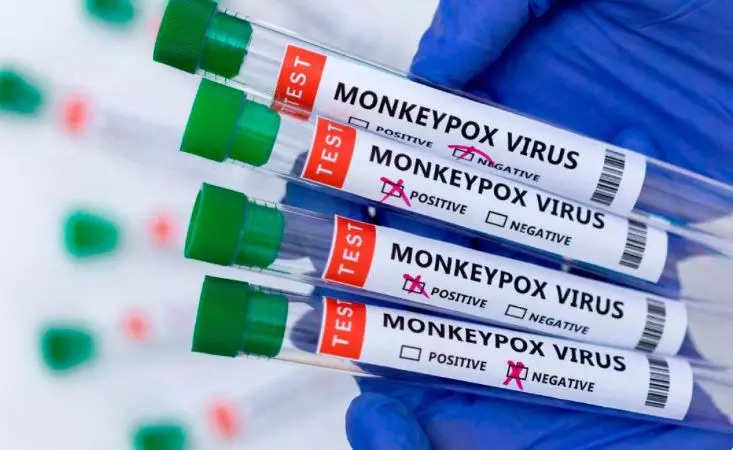The American biochemist Vincent DuVigneaud discovered a new amino acid in 1932 called Homocysteine. Little was known, however, about the biomedical significance of homocysteine until 1962, when children with mental retardation, developmental delay, osteoporosis (brittle and fragile bones), dislocated eye lenses, and frequent thrombosis (clotting) of arteries and veins with severe early presentation of heart disease, were discovered to excrete homocysteine in the urine.
Homocysteine is an intermediary amino acid formed by the conversion of methionine to cysteine. Amino acids are chemicals in the blood that help create proteins. Vitamin B12, vitamin B6, and vitamin B9 (folate) break down homocysteine to generate other chemicals the body needs.
What does homocysteine do?
When it interacts with the B vitamins, homocysteine converts to two substances:
Methionine, is an essential amino acid and antioxidant that synthesizes (creates) proteins.
Cysteine, a nonessential amino acid synthesized from methionine reduces inflammation, increases communication between immune cells, and increases liver health.
What happens if I have too much homocysteine?
In healthy people, homocysteine levels are around five to 15 micromoles per liter (mcmol/L). Nearly all that homocysteine converts to other proteins. Hyperhomocysteinemia has been classified as follows:
●Moderate (15 to 30 micromol/L)
●Intermediate (30 to 100 micromol/L)
●Severe (>100 micromol/L)
Markedly elevated levels of homocysteine in the blood have primary atherogenic (blood vessel blockage) and prothrombotic (blood clotting) properties. The hallmarks of homocysteine-induced blood vessel injury include thickening and damage to the lining of arteries and veins along with marked platelet accumulation and the formation of platelet-rich occlusive clots.
These observations were presumed to explain the association between high homocysteine levels and the diseases due to clots that lodged in the lungs (leading to pulmonary embolism), brain (causing stroke), and heart (heart attacks).
What are the risks of high homocysteine levels (Disease Associations)?
Vascular diseases (blood vessel diseases): Heart attack, stroke, venous thromboembolism (blood clots in leg veins and lung arteries).
Pregnancy-related complications: high BP, fetal growth restriction, stillbirth.
Dementia
Osteoporotic bone fractures
Decision to test
Unlike modifiable cardiac risk factors such as hypertension, high cholesterol, smoking, and diabetes, studies have not shown that lowering homocysteine prevents heart disease, although some data support such intervention to prevent stroke. Therefore, in general, we only measure serum homocysteine in patients suspected of having homocystinuria and in first-degree relatives of patients with homocystinuria; but rarely in other clinical settings.
Given the lack of evidence for the benefit of lowering homocysteine levels, we do not generally test unless the patient is young with no other traditional risk factors of heart disease. However, people without known heart disease may ask to have their homocysteine levels checked as part of risk stratification for cardiovascular disease.
Treatment
Currently, there is a very limited role in treatment. Correcting the nutritional inadequacy of folic acid and vitamin B12 will lower homocysteine levels in most patients. Eating more fruits and vegetables can help lower homocysteine levels. Leafy green vegetables such as spinach are good sources of folate. Other good sources of folate include:
Lentils
Asparagus
Most beans
Foods that are rich in vitamin B-6 include:
Potatoes
Bananas
Garbanzo beans (chickpeas)
Chicken
Good sources of vitamin B-12 include:
Low-fat Dairy products
Organ meats (such as liver)
Some types of fish
A diet low in saturated and total fat can also lower serum homocysteine. In many countries, grains are fortified with folic acid, which leads to higher folate levels across the population.
Things to consider
If you start taking folate or vitamin B supplements, you should have your homocysteine level rechecked after 8 weeks. If your homocysteine level remains high, your doctor may have you try a higher dose. You may need to have some tests to see if you have another health condition that causes high homocysteine levels.
If you have had a high homocysteine level, you may need to have your level checked more regularly (2 or 3 times a year).
In conclusion, clinical trials have generally found that reducing levels of homocysteine with B vitamin supplementation does not prevent heart disease or reduce the incidence of recurrent clotting disorders. Thus, it is not recommended to test for or treat high homocysteine levels; unless homocystinuria is suspected or confirmed; barring rare clinical situations.










